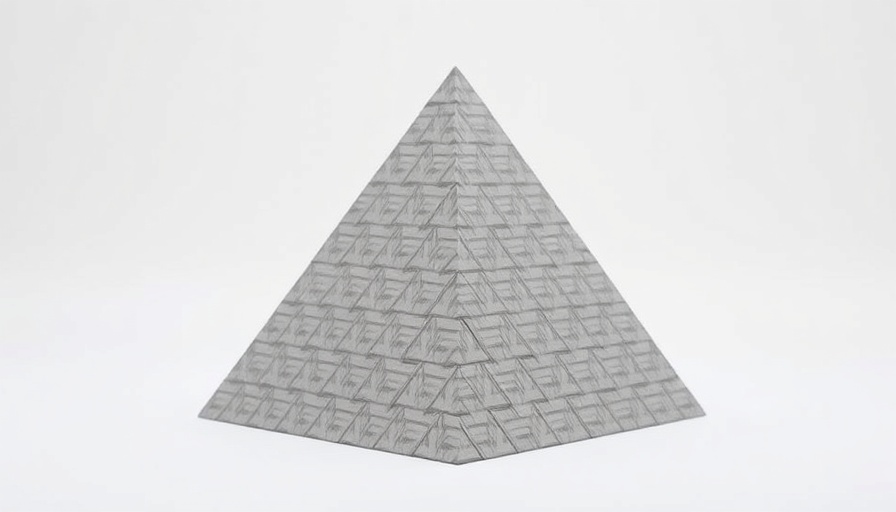
The Mystery of the Monostable Tetrahedron
For centuries, the tetrahedron—a geometric shape with four triangular faces—has intrigued mathematicians. Initially defined by Plato as one of the fundamental shapes of the universe, it represents simplicity yet carries complexities that continue to engage scholars. Recently, a new mono-stable tetrahedron has emerged, a shape that flips back to a single stable side regardless of how it is placed.
Unraveling the Mathematics of Stability
In the 1960s, mathematicians John Conway and Richard Guy posed a compelling question: Is it possible to construct a uniform tetrahedron that balances only on one specific face? Their exploration into the world of stability led them to conclude that a uniformly distributed tetrahedron simply could not maintain such behavior. Yet, their theories remained unproven.
Rethinking their earlier findings, we now understand that an uneven distribution of mass could indeed allow for a stable tetrahedron. The pivotal change in understanding arises from insights into weight distribution that were previously overlooked in the study of solid shapes. As outlined by Dávid Papp of North Carolina State University, simple concepts such as roly-poly toys serve as foundational examples with implications extending into the realm of polyhedra.
The Gömböc Connection
Enter Gábor Domokos, a contemporary mathematician whose prior work with a unique shape known as the gömböc sparked further investigation. The gömböc is intriguing due to its mono-monostatic property: it has one stable point and one unstable point. By understanding its balancing mechanics, Domokos delved deeper into shapes that could resist tipping and continually revert to a predetermined orientation.
Through his continued innovation in mathematical design and balance, Domokos not only approached problems surrounding the tetrahedron but also revived interest in a concept long shelved by academia. His groundbreaking discoveries illuminate pathways for future research and practical applications—potentially influencing everything from engineering to physics.
Implications for Technology and Innovation
The theoretical framework behind this monostable tetrahedron does not merely exist in the mathematical stratosphere; it holds tangible possibilities that could inform technological advancements. Consider applications in robotics or unmanned aerial vehicles (UAVs), where balanced shapes play a pivotal role in stability and maneuverability during movement.
Moreover, the push from purely academic inquiry to real-world productivity exemplifies a shifting paradigm in how we view geometry in relation to emerging technologies. As engineers and innovators harness these principles, the ways in which they can integrate such shapes into designs could reduce energy consumption or enhance efficiency.
The Road Ahead: Questions and Curiosities
This fresh understanding of the tetrahedron compels further examination of existing theories and opens avenues for novel inquiries. Many questions remain: How might other polyhedra be redesigned for specific occupations? What can we learn from the weight distribution of other forms, and could we apply this to develop even more complex, stable shapes?
In powering our inquiries, mathematicians, engineers, and tech enthusiasts find themselves at an exciting intersection of discovery and application. With continuous engagement in the fields of geometry, we might just uncover the next revolutionary design.
As these researchers pave the way forward, we should remain keen observers, ever so curious about how their explorations will shape our understanding of physical forms—and, indeed, the world around us.
 Add Row
Add Row  Add
Add 




Write A Comment